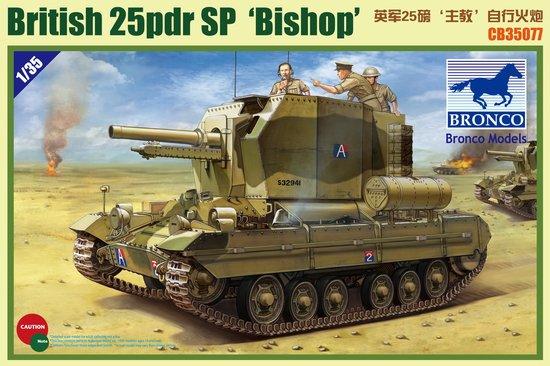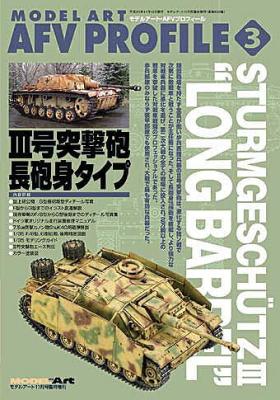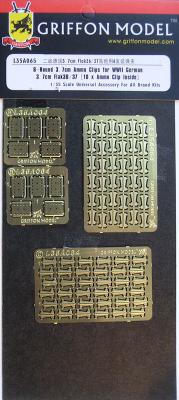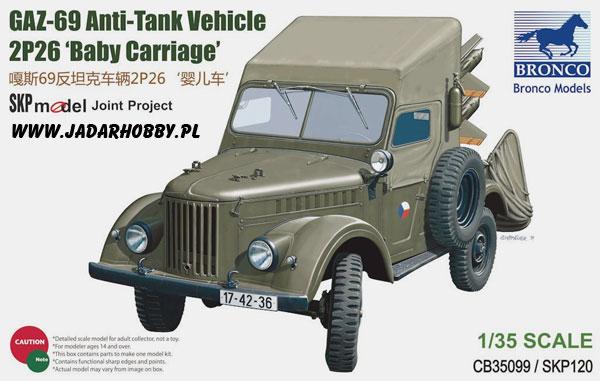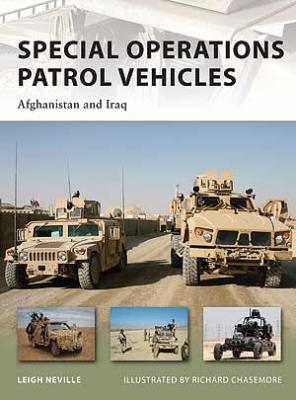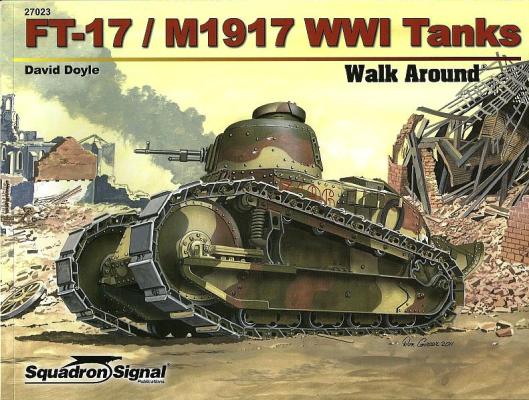History and Performance
The GAZ-69A was a four-wheel drive light truck designed and built for the Russian military in the late 1940’s. Supposedly, the design was based on the American Jeep provided to the Russians during the war as part of the Lend Lease program. The four-door GAZ-69A was a field car for officers or up to eight troops. The car weighed in at 1,525 kg, with a carrying capacity of 500 kg. The car was powered by a 55 bhp, 2.12 liter diesel engine. The car was exported to several nations in Africa, the Middle East, and Asia.


